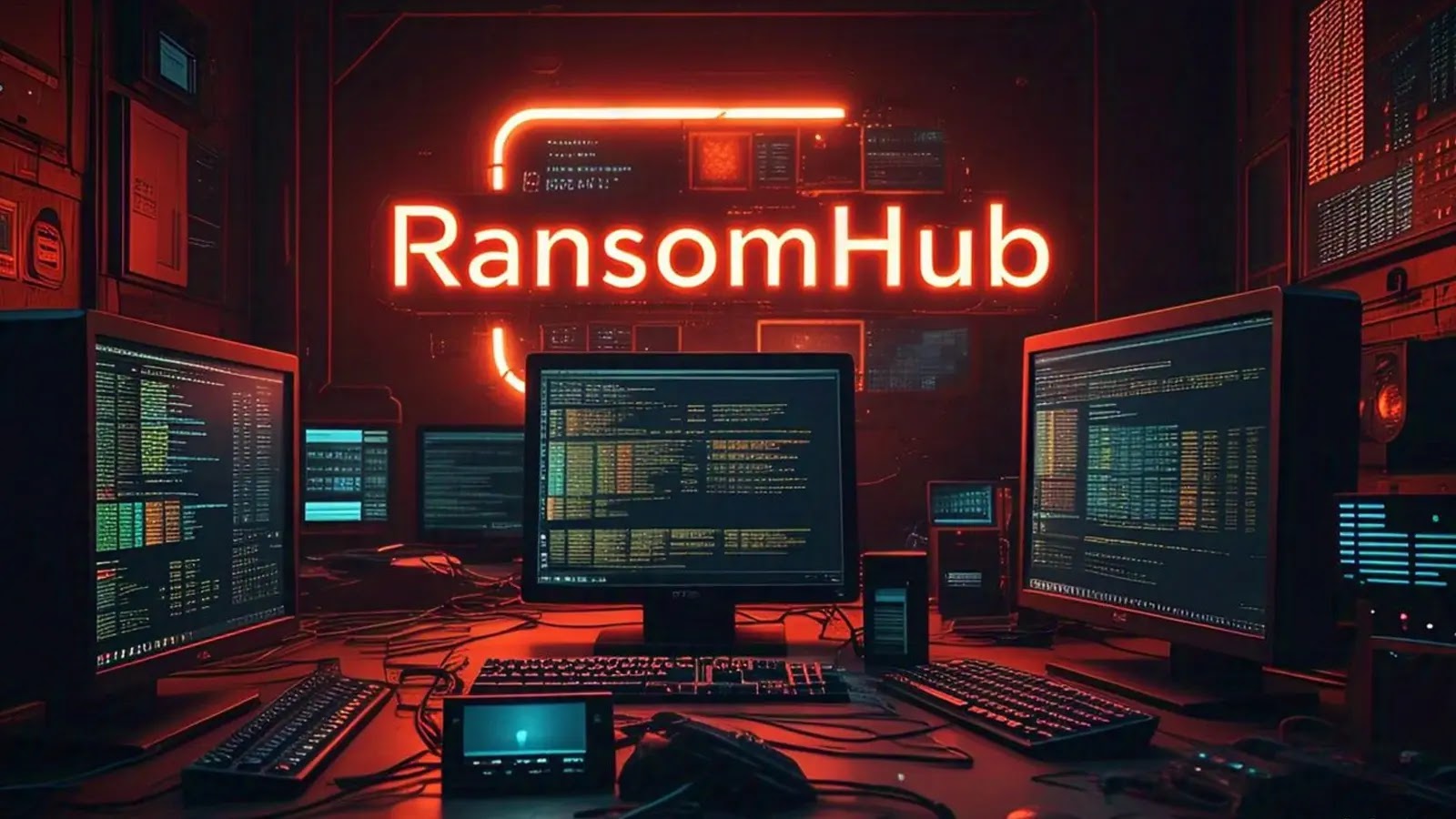In March 2025, the cybersecurity community witnessed the rapid emergence of RansomHub, a ransomware group that successfully compromised 84 organizations worldwide. This swift ascent has positioned RansomHub as a formidable adversary, surpassing many established ransomware groups in both activity and impact.
Targeted Sectors and Geographical Focus
RansomHub’s operations have been notably aggressive, focusing on critical sectors such as manufacturing, healthcare, and financial services. The group’s activities have predominantly targeted organizations in the United States and Europe, indicating a strategic approach to disrupting essential services and industries.
Sophisticated Attack Methodologies
The group’s success can be attributed to its sophisticated attack methodologies. RansomHub has been observed leveraging exposed remote access solutions to infiltrate networks. Once inside, they deploy advanced persistence mechanisms, allowing them to maintain access to compromised environments over extended periods. This persistence enables the group to execute their operations with precision and evade detection by traditional security measures.
Development of Custom Malware: The Betruger Backdoor
Unlike many ransomware operations that rely heavily on publicly available tools, RansomHub has invested in developing custom malware components to enhance their operational capabilities. A notable example is the deployment of a custom backdoor named Betruger. This sophisticated, multi-functional backdoor consolidates numerous pre-encryption functionalities into a single payload, streamlining the attack process while reducing the attacker’s footprint within compromised networks.
Features and Deployment of Betruger
The Betruger backdoor represents a significant advancement in ransomware operations. It integrates various capabilities, including privilege escalation, network scanning, credential dumping, keylogging, screenshot capture, and file exfiltration, into a unified framework. This consolidation minimizes the need for deploying additional tools, thereby reducing the chances of detection by security solutions.
Attackers deploy Betruger using deceptive filenames such as mailer.exe and turbomailer.exe to masquerade as legitimate applications, despite having no actual mailing functionality. Upon execution, the backdoor establishes communication with command and control servers, facilitating the exfiltration of sensitive data before encryption begins. This data theft capability enables RansomHub to employ double-extortion tactics, threatening to publish stolen information if ransom demands are not met.
Emergence Amidst a Shifting Ransomware Landscape
The rise of RansomHub coincides with a broader shift in the ransomware landscape. While there was a 30.7% decrease in ransomware incidents compared to February 2025, the overall levels remain significantly higher than in previous years. This environment has seen the emergence of several new ransomware groups, including Arkana, CrazyHunter, NightSpire, RALord, and VanHelsing. Each of these groups brings unique techniques and targeting strategies, further complicating the cybersecurity environment.
Implications for Cybersecurity
The rapid ascent of RansomHub underscores the evolving nature of cyber threats and the need for organizations to remain vigilant. The group’s use of custom malware like Betruger highlights the importance of adopting advanced security measures that can detect and mitigate sophisticated attacks. Organizations are advised to implement robust cybersecurity protocols, conduct regular vulnerability assessments, and ensure that all systems are updated to defend against such emerging threats.
Conclusion
RansomHub’s emergence as a major ransomware threat in March 2025 serves as a stark reminder of the dynamic and ever-evolving nature of cyber threats. The group’s sophisticated methodologies and rapid success emphasize the critical need for organizations to enhance their cybersecurity posture. By staying informed about emerging threats and adopting comprehensive security measures, organizations can better protect themselves against the growing menace of ransomware attacks.



